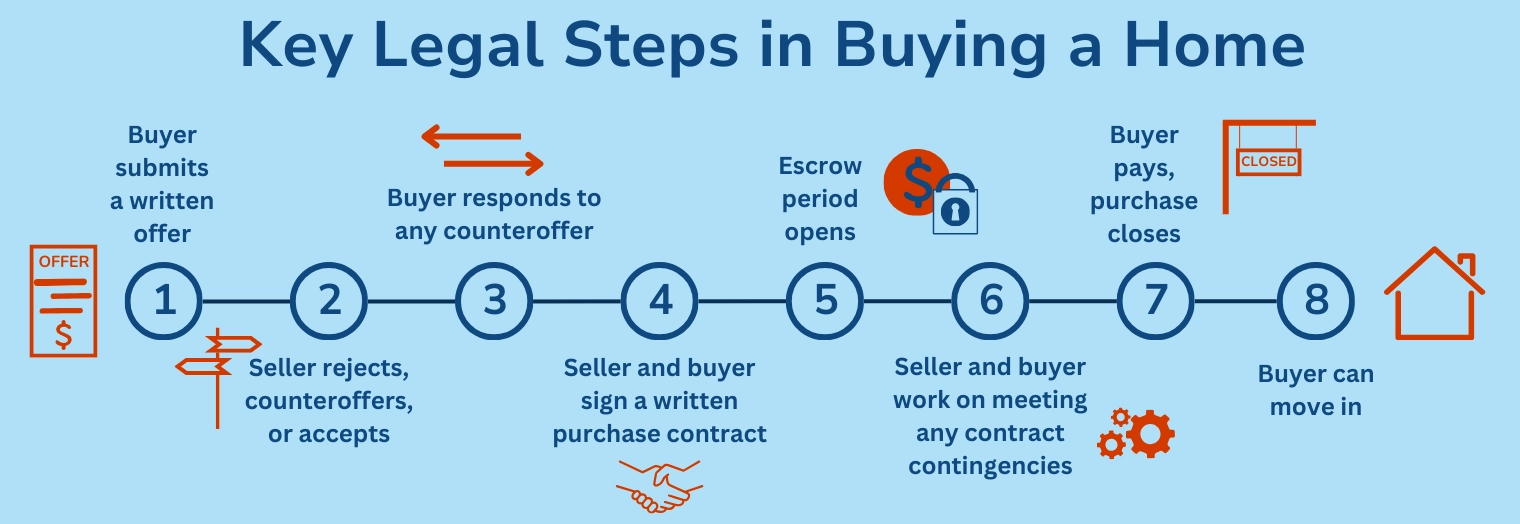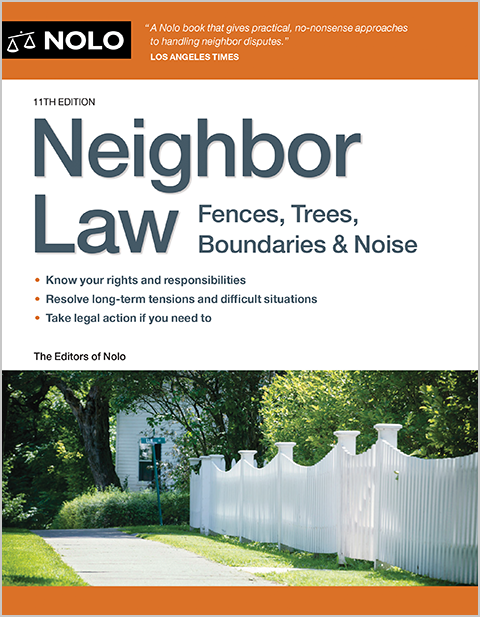After you make an offer to buy a house, here are the next steps to expect.
After you have made an offer to buy a house, the seller will either:
- accept your offer
- make a counteroffer with one or more changes, or
- reject the offer outright.
Below, we'll describe how these various scenarios could play out, as well as when you're actually mutually bound to make the real estate transfer.
First, it's important to realize that, whether yours is the only home purchase offer to have come along or one of several, a seller doesn't have to accept any particular offer—even if it's for the full amount of the asking price. Many homebuyers assume that if they get their offer in before anyone else's, or theirs has the highest dollar figure on it, the house is theirs for the buying. But that's not so. It doesn't matter if your offer is the first or the highest—the seller simply has no obligation to accept it.
Now, on with the post-offer timeline.
If a Seller Accepts Your House Purchase Offer
With any luck, after submitting the offer to buy a house, the first thing you'll hear back from your real estate agent is that the seller is interested in going forward. But that doesn't yet mean you are in contract; that is, mutually bound to complete the sale. It's rare for a seller to accept a buyer's offer as written. More likely the seller will counteroffer, as described next.
If the Seller Counteroffers Your House Purchase Offer
Commonly, a home seller will respond to an offer with a written counteroffer accepting some or most of the terms, but proposing changes to the:
- price—if the seller wants more money than offered
- closing date or occupancy date—if the seller needs more time to move out, or
- home purchase contract contingencies that you included—for example, if the seller doesn't want to wait for you to sell your current house or wants you to schedule inspections more quickly, or wants to add a contingency of their own.
You can accept the seller's counteroffer, reject it, or present a counter counteroffer.
The negotiations will continue until either a deal or an impasse is reached. If you reach a verbal agreement on a deal, great—but you're not in contract yet, nor bound to the deal. Written documents and signatures are crucial in real estate.
If the Home Seller Rejects Your House Purchase Offer
Unless you're in a bidding war with other buyers, or you've submitted an absurdly low purchase offer, it's unlikely that the seller will just say "No." Actually, the seller doesn't have to get back to you at all, but your real estate agents will probably stay in contact so that you'll find out the seller's response.
But if you do get an outright rejection, your agent might be able to find out why. This will help you craft a stronger, more appealing offer next time you find a house you're interested in.
When You're in Contract to Complete the Home Purchase Deal
A contract is formed only when either the seller or the buyer accepts all of the terms of the latest offer or counteroffer from the other, in writing and with a signature, within the time allowed. Because every offer or counteroffer must include a signature, that basically means that you will have both signed on to the deal when the second party accepts the offer or counteroffer. Your two signatures indicate a mutual agreement and a binding contract.
At this point, if you have a change of heart and decide to back out for a reason that isn't covered in the contract contingencies, you will forfeit any earnest money that you deposited along with your offer.
That's not to say that you have no escape hatches. If, for example, your contract included an inspection contingency, and you discover from the inspector's report that the house needs more repairs than you are ready to deal with or negotiate over, you can cancel the deal.
If the home seller backs out for a reason not covered by the contract contingencies, you can potentially sue for breach of contract and get damages awarded by the court. This might not be worth your effort, however, given that you've unlikely to be awarded the one thing you really wanted: the actual house.
More Information
For a detailed analysis of how to negotiate the final house purchase contract and successfully navigate your way to the closing, see Nolo's Essential Guide to Buying Your First Home, by Ilona Bray, J.D., and Attorney Ann O'Connell.
Talk to a Lawyer
Need a lawyer? Start here.
How it Works
- Briefly tell us about your case
- Provide your contact information
- Choose attorneys to contact you
- Briefly tell us about your case
- Provide your contact information
- Choose attorneys to contact you



